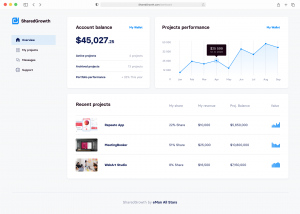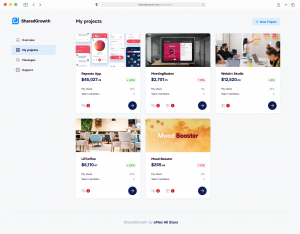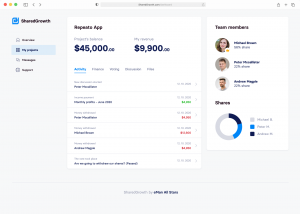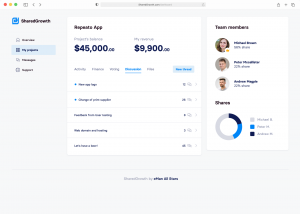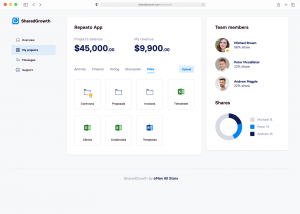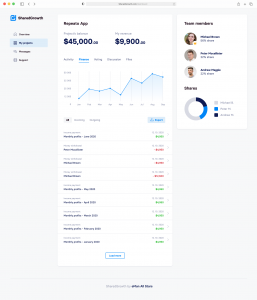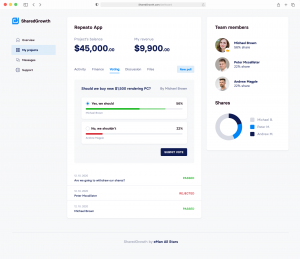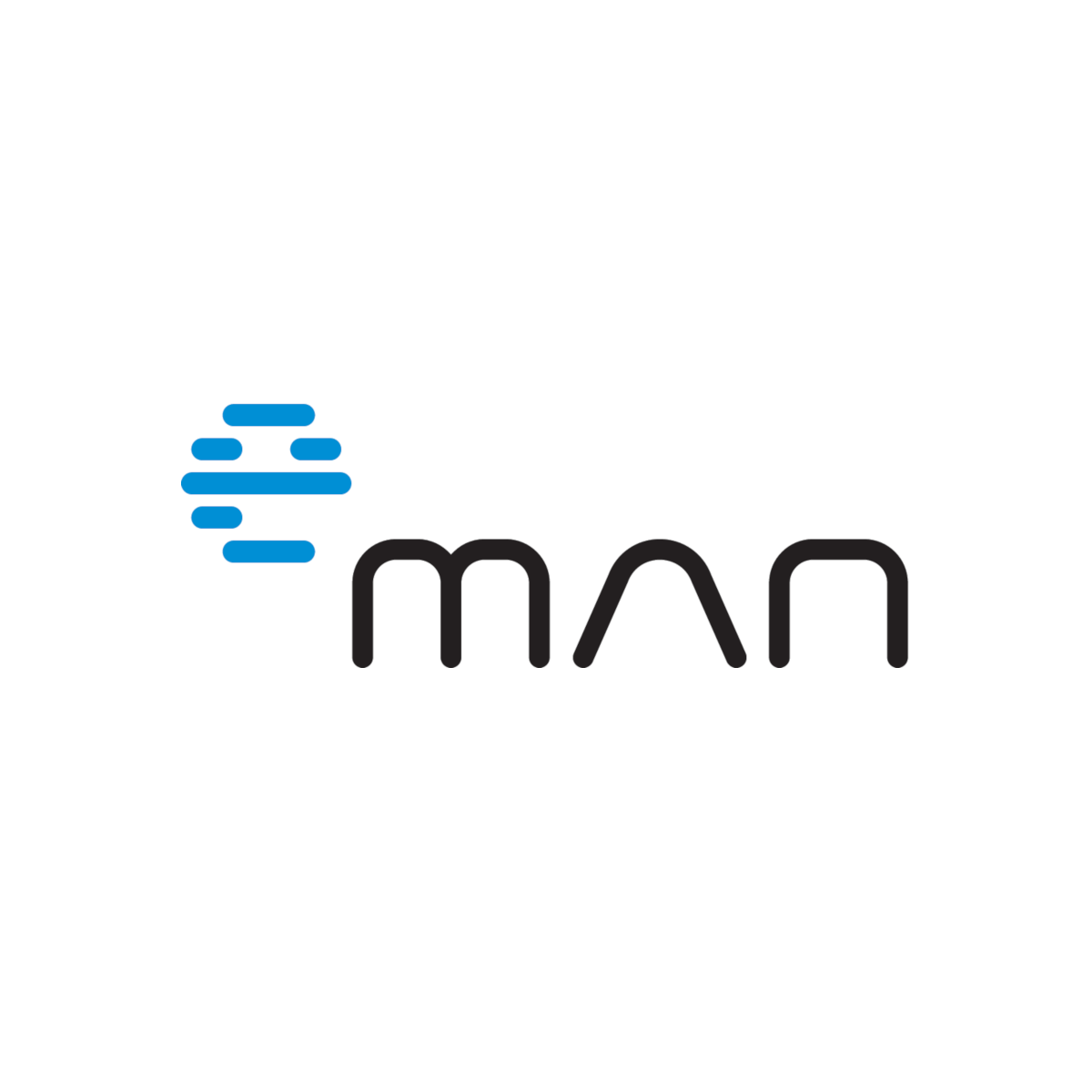A hackathon provides an ideal opportunity for concentrated, collective, creative work, full of innovation and "out of the box" thinking. The event usually lasts one or two days and can be divided into 3 parts: brainstorming; prototype production and testing; final presentation. The teams have the task of coming up with a solution that meets [...]
Hackprague 2020
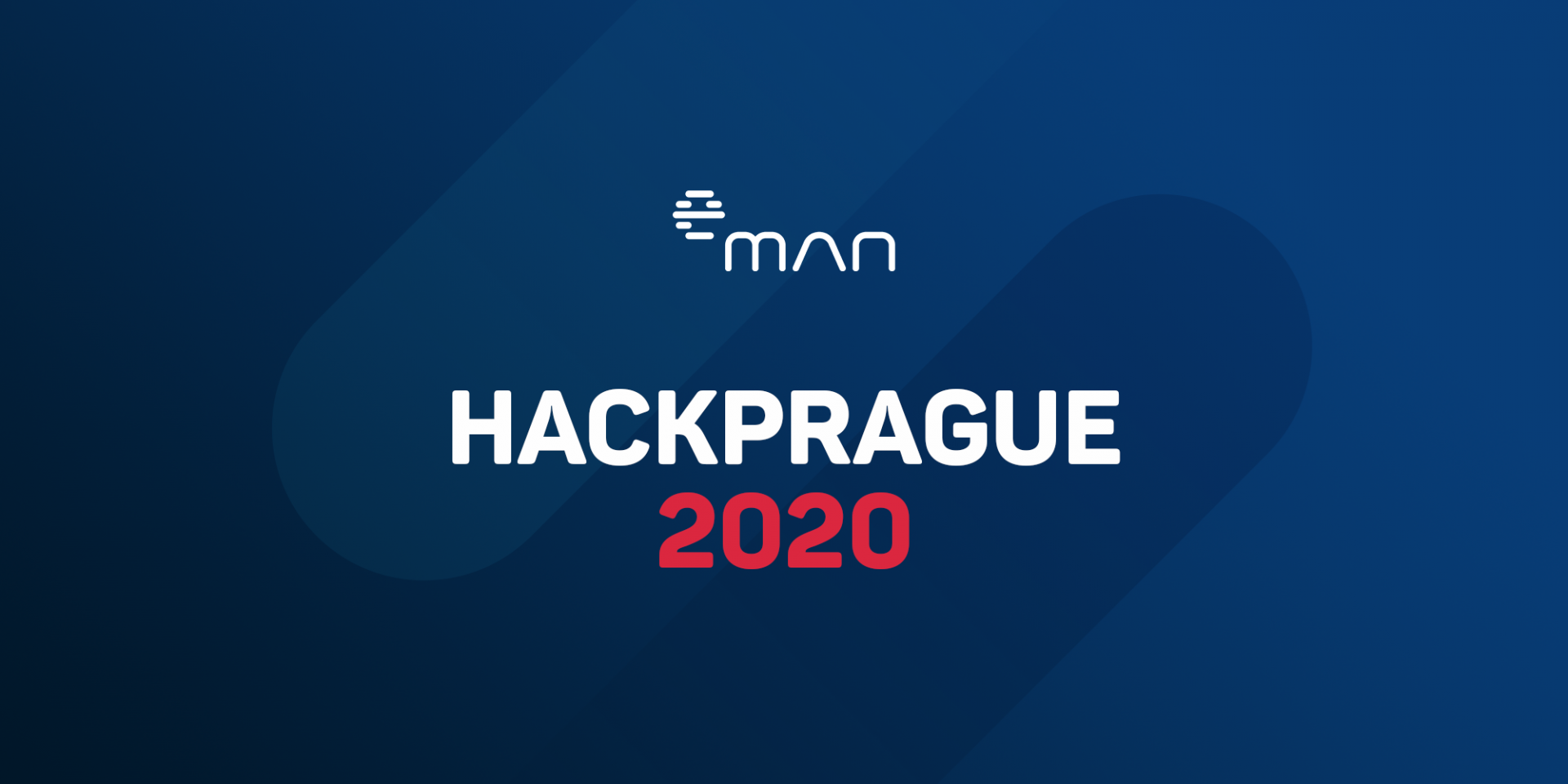
WHAT is a HACKATON anyway? And why is it good to take partake in one?
A hackathon provides an ideal opportunity for concentrated, collective, creative work, full of innovation and “out of the box” thinking. The event usually lasts one or two days and can be divided into 3 parts:
- brainstorming;
- prototype production and testing;
- final presentation.
The teams have the task of coming up with a solution that meets all the requirements and has the qualities of greatest potential to win.
In the first phase, each team is closed off in a room and intensively comes up with ideas for solving the selected problem. From these proposals, they choose the one that makes the most sense and has the best chance of winning. Then, the roles are divided and the team starts producing a prototype, whether it’s developing an application, a prototype on paper, or a pile of components glued together.
In a nutshell, the goal of the prototype is for the team to test the idea in practice and be able to imagine whether the solution will work or not. This is a critical part of the whole process, which shows how experienced the team members are. If the selected solution is not as great as it had originally seemed, it needs to be modified, twisted in another direction, or abandoned for a completely different (and really quick) idea. Teams that can act swiftly and adapt to the circumstances are the ones that win the most.
When the prototype is ready and tested, it’s time to start putting together the final presentation. It is often not easy to explain the whole ambitious project to the jury in a few minutes. Especially when the idea is still new in the minds of the team members themselves. It is easy to get knocked off balance by the jurors’ prying questions. They want to test how well the participants have thought the project out, and whether they can find any potential flaws. So, it might well be the best idea but, if the team can’t present it correctly to the jury, the whole effort could come to naught. Therefore, it is necessary to set aside enough time for the presentation, and not underestimate its preparation.

HACKPRAGUE 2020 – the biggest HACKATHON in the czech republic
HackPrague 2020 would’ve been held in the same spirit, had it not been for one major change brought on by COVID-19. For safety reasons, the whole event had to take place online which, for many participants, added a number of challenges to the already demanding event.
The organizers aim to connect technical innovators in Europe so that they can work together and exchange their knowledge. This year’s hackathon, which took place from October 31 to November 1, was devoted to the innovation of fintech. Specifically “new digital standards for the financial industry and services.”
Participants could choose from one of five defined challenges:
- Economic recovery
- Financial Education 2.0
- Text/voice assistant
- Distributed Ledger Technology
- Utilize enriched payment data
eMan ALL STARS Team
For our team of four developers from eMan, we chose the proud name eMan All Stars, which consisted of frontend developer Braňo Štupák, backend developer Pavel Doležal, UX / UI Designer Ondra Straka (me) and data analyst Vojta Zicha. We had only 24 hours to prepare the task and the presentation, so everyone had to do 100% to manage everything in this speck of time.
We decided to make use of the free space on eMan’s premises and meet in person, with each of us having our own office, and we met in the meeting room only for brainstorming.

The path to our project
We chose the first task – Economic recovery. In the first phase of intensive brainstorming, we decided that it was a good idea to focus on supporting small businesses and individuals seeking employment in the currently waning labor market. We set out to come up with a very (perhaps too) ambitious plan to connect people with an interesting idea, and specialists, who can offer the necessary knowledge and experience to implement it. All this for a share in the emerging project, as opposed to financial remuneration.
This idea seemed revolutionary enough for us to start building the foundations. But, as I have mentioned, during the hackathon, self-reflection and continuous verification of the idea is paramount, in order to prevent getting into a dead-end from which there will be no time to escape. For this reason, our idea was turned around a few times but, I must say, each time it was a change for the better. As part of the hackathon, mentors selected by the event organizers were also on hand. They offered ongoing consultations on the process and possible nudges in the right direction.

Firstly, we wanted to build a portal where people could promote their ideas and meet the needed specialists who could help them realize their vision, in exchange for a share in the emerging project. We realized that, nowadays, it doesn’t make sense to compete with portals like Product Hunt, Fiverr and Kickstarter. Therefore, we decided to build an online tool to facilitate the beginning of this type of business and ensure transparency for all stakeholders throughout the entire collaboration. We named it Shared Growth.

Shared growth
The idea is simple, although no one has done it yet. One user creates a project, invites other collaborators, sets predetermined shares for them, and pairs the project with an existing bank account supporting PSD2 (multibanking). All the legal documents are automatically created for each stakeholder, which are sent to them by e-mail for electronic signature. And that’s it. Within a few minutes, a group of entrepreneurs have a ready environment to begin their joint endeavor in, with all the legal documents, and everyone has an overview of the financial status of the project. All this within a few minutes, without the need for a single visit to a notary, bank, or lengthy legal discussions.
Main features of Shared Growth:
- Preparation of legal documentation
- Overview of financial flow on a joint bank account
- Possibility to vote on the future of the project
- Continuous updating of annexes of legal documents – e.g. voting results
- Overview of the status of collaborators’ shares
Take a look at the gallery of the user interface:
There’s NO TIME TO lounge (…ok, perhaps two hours)
Yes, maybe we bit off more than we could chew. Yes, several times we considered whether this could be achieved at all, and whether we should reorient ourselves to something else. But time was relentless, and we believed we could manage it. So, we went without a break until 4 o’clock in the morning, followed by a short walk in the fresh air and the purchase of energy in the form of coffee, energy drinks, and cookies. Then back to work. In short, there was no time to sleep until most of the development work had been done and a functional, clickable prototype was ready. As a reward, we afforded ourselves 2-3 hours of well-deserved sleep.

At 8:00, however, the alarm clock started shouting at us uncompromisingly, so it was time again to roll up our sleeves. Early in the morning, almost everything was done, and we spent the remaining time creating our presentation video. The jurors had given us a really difficult task. During the 2-minute video, we had to explain our entire project, show a prototype, and present everything we had time to develop. And to make matters worse (as usual), there were technical problems in rendering the video in the final hour, due to which we did not manage to record the voice-over in the desired quality. And the video itself could’ve used a little more loving attention. But even so, I think we gave one of the best presentations of all the teams, considering the guerrilla conditions under which everything transpired. Here you can watch our presentation video.
HOW DID WE do in the eyes of THE JURY?
I think our creation received very positive feedback. Out of all 78 participants, the jury judged our four-member group as one of the TOP 6 teams in the whole hackathon. In the end, we did not manage to win outright, but we took away a warm feeling of personal victory from the mountain of quality work we had done in 24 hours. And as a bonus, we took away the genesis of a product with interesting potential, which is slowly beginning to awaken interest.
In conclusion, on behalf of the eMan All Stars team, I would like to thank the organizers for the quality of the event, despite all the worries about its online form. Also, to all mentors for the helpful feedback, and especially to my colleagues on the team, who again reminded me what capacities we have at eMan. Thanks, guys!
